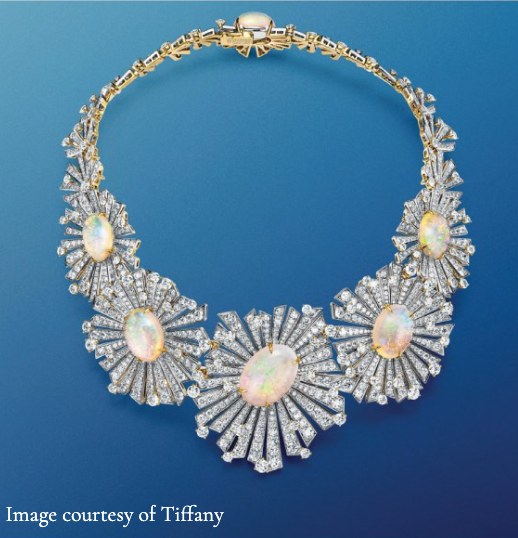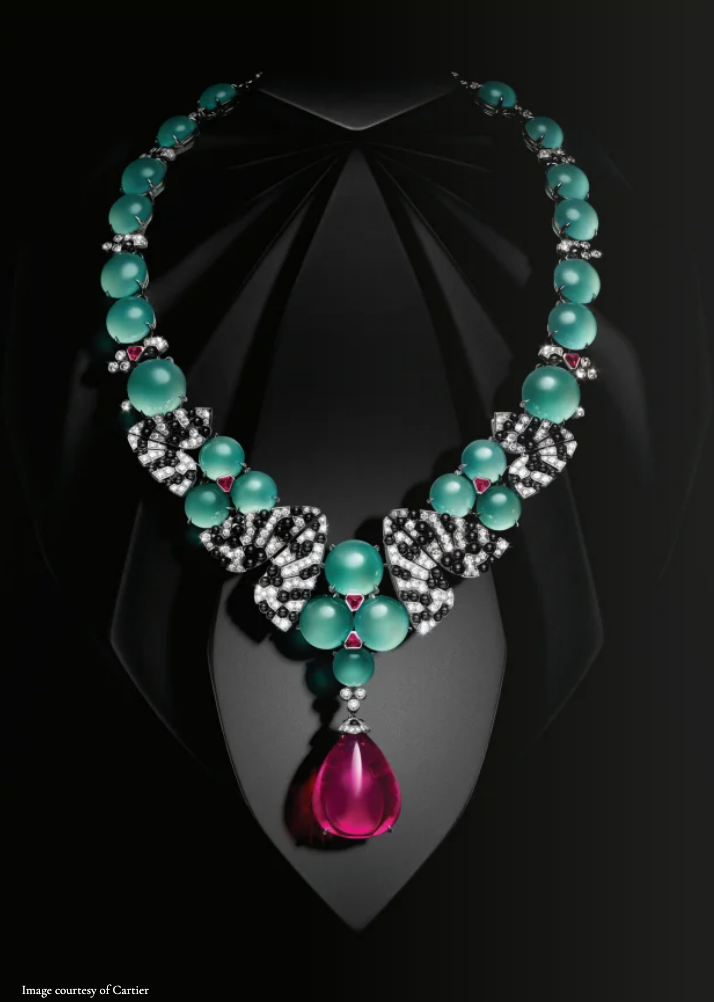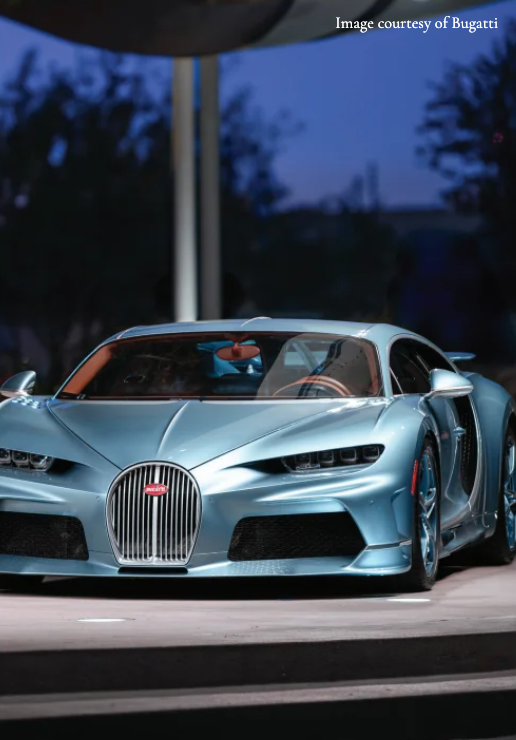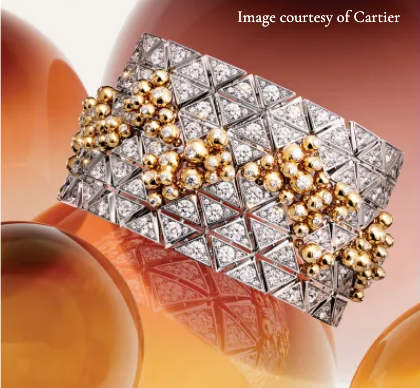It’s One Thing To Be A VIP, BUT QUITE ANOTHER TO BE A V V I P
Live Beautifully
Inside the private world of luxury brand client experiences

On a Wednesday afternoon in February, a Tiffany & Co. client advisor received a call from one of their top-tier clients, or as they are known, ‘a VVIP’. The VVIP and her husband were scheduled to board a first-class flight from Miami to Zurich the following day for an all expenses paid 4 day ‘experience’ reserved for ranked customers. It included a suite at a 5-star resort, chef-prepared meals, intimate excursions, tented catered cocktails and lunch at an outdoor horse race (on the snow!), and access to never-before-seen jewelry, including pieces that could be custom-designed and made for you.
“My husband is not feeling well and cannot make the trip,” said the client. “Is it ok if I bring along a girlfriend in his place?” The client advisor froze. The supposed ‘card holder’ or decision maker of any purchase was not going to be there and instead, the VVIP was trying to make it a girls' trip! Either say yes and hope for the best as far as a sale goes, or risk losing the client's friendship and, more importantly, any future business together. There is a happy ending to this saga. The client purchased pieces totaling over $700,000, while the ride-along girlfriend dropped an additional $400,000.
Last year, Tiffany took over a $50M townhouse on Manhattan’s Upper East Side to host clients for cocktails as they touched the brand's creations of professional sports championships, like the Stanley Cup, the Super Bowl’s Lombardi Trophy, and the US Open Championship Cup. And oh, the evening also included previews of a large array of loose gemstones and custom creations of new designs.
Private client experiences are nothing new but have taken on a different level of luxury since the market has recovered from Covid. Louis Vuitton acted swiftly when stores across the globe were suddenly shuttered in 2020 by creating at-home shopping experiences, including beautifully decorated Airstream trailers brought to your doorstep, and increasing their online offerings, including Shop by Zoom nights. That, however, is nothing compared to what they do today. Armed with a huge staff of Private Client Advisors worldwide and in 50 nationalities, their job is to create a unique omnichannel experience with the brand. This isn’t about front row at the fashion shows, but rather intimate shopping experiences where the client is exposed to every product category, whether in one of their client lounges or at far away destinations. The brand recently hosted a small but extravagant dinner party for VVIP’s at the Dar el Bacha Palace in Marrakech, alongside Kilie Menogue and other celebs.
These are customers who can spend millions with a brand in any one year. Gucci, the preminant Italian fashion house, hosted a high jewelry soiree at the 18th century Villa Albani Torlonia in Rome. The villa contains one of the world's premier private collections of Renaissance art. After a cocktail reception where clients previewed the collection, they were served a seated dinner in the garden as British superstar Sam Smith serenaded them. Purchases soon followed.
Cartier, no small name in the jewelry world, flew its premier clients to Madrid for three days of curated fun, including tours of several art collections, chef-prepared meals, and a very formal ball in the 18th-century Liria Palace that included a performance by Rita Ora. The following day, clients were offered pieces from their Beautés du Monde Collection, a bespoke offering where prices for this exclusive line far exceed $300,000 per piece.
“We are in the business of emotion,” says Mercedes Abramo, CEO of Cartier North America. The house’s elaborate high-jewelry presentations for VIPs in glamorous destinations around the world are meant to forge a deep connection with clients. When a client purchases a piece at one of these events, Abramo explains, “they will remember the moment every time they wear it.” Telling a friend at the club that you bought an admired bauble while in the South of France as a guest of the brand while sipping champagne on a 100m yacht only adds luster to the whole experience.
Though hard to confirm, it is said by some that Chanel has opened private stores for the very top VVIP’s. Housed in non-retail locations, the stores can easily be discreetly re-stocked to the client's wish list within a few days’ notice of arrival. Voila! It's fair to say this is shopping on another level, and the client usually shows their approval as the black cards fly.
For a VVIP to create something completely exclusive to themselves, brands sometimes open up their design teams to work with clients because what is more exclusive than a one-off you helped design? In most cases, there’s an expectation of privacy around these elite transactions. Automobile maker Bugatti, which produces some of the most expensive cars in the world, makes paying a visit to its headquarters in Molsheim, France, an experience reserved for those with unlimited wealth. “We are not a museum, says Bugatti’s COO Cedric Davy. He explains that the company reserves those visits for a “very, very few.”
Not all luxury brands find it necessary to craft these types of shopping opportunities. Hermés, famous for its “list” approach, also known by some as controlled scarcity, rewards customers with the ‘opportunity’ to purchase a Birkin or Kelly bag. Hermés purposely makes the supply of these items scarce, giving them the ability to raise the prices at its will and not always in relation to the cost of goods. Brand loyalty is the key, not purse loyalty. Acquiring items throughout the brands' assortment helps build that loyalty. Indulging in home goods, jewelry, shoes, scarfs, and timepieces will help the clients' profile show up more readily. There are no guarantees, but every woman has dreams.
With Ferrari, they take being loyal a lot more seriously. Some rare new models are only offered to customers on a lease-only basis, thus prohibiting the customer from flipping the car to a collector for a profit. Long-time Ferrari clients will have a hard time saying no to a new model as that answer will significantly drop them down the loyalty ladder going forward. This is why you see so many lightly used Ferraris on the showroom floor. The customer takes delivery, drives it for a few hundred miles (that’s right, a few hundred), and trades it back to the dealer when the new model is offered to them. Can you say Grazie?




